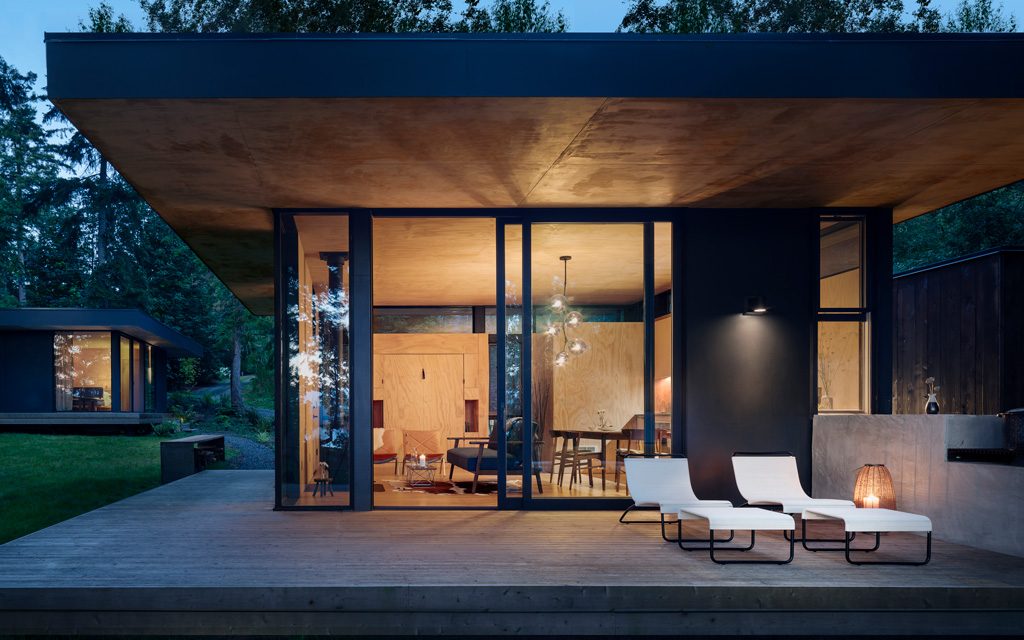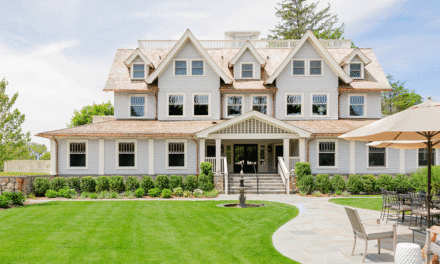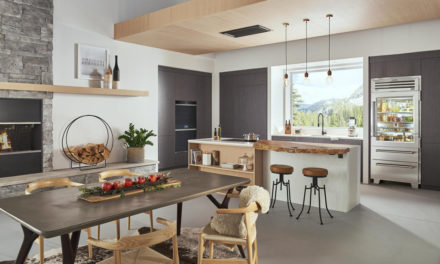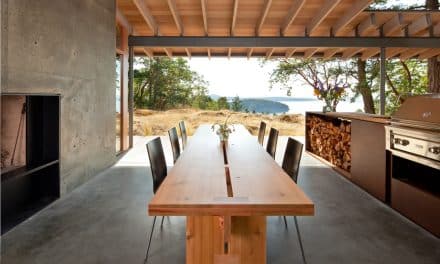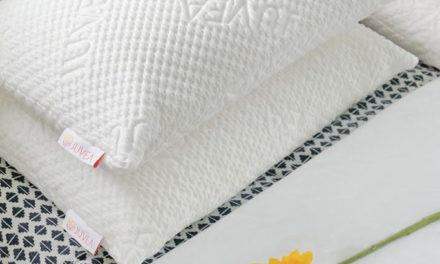This forest retreat designed by Seattle-based Wittman Estes, and aptly named Hood Cliff Retreat, consists of a series of family cabins hidden in the forest. The cabins are located on a 1.13-acre wooded site atop a bluff on the western shore of Washington’s Hood Canal.
“As avid bird watchers and naturalists, the clients wanted an indoor/outdoor family retreat that would immerse them in the stillness of the forest and capture the delicate Washington sunlight and views toward Hood Canal and the Olympic Mountains to the West,” says Architect Matt Wittman.
Built on the site in 1962, the original dark and opaque cedar cabin left the owners feeling cut off from nature. So, they asked for an indoor/outdoor retreat that would allow them to be closer to the land. They also wanted three additional bedrooms and sleeping quarters for their extended family. As a result, the project has three elements: 1) The repurposed 20’x20’ footprint of the original cabin, 2) the cabin addition, and 3) a new bunkhouse and bathroom to the North.
While the owners loved modern architecture, they did not want a building that was overly expressive of itself. Instead, they asked for a set of simple structures that would allow them to be close to the land.
In addition, the family sought a place where their friends and family could gather together while also experiencing a moment of solitude and reflection. The three single story volumes with large glass openings, sliding doors, and continuous decks allow for such gathering and reflection.
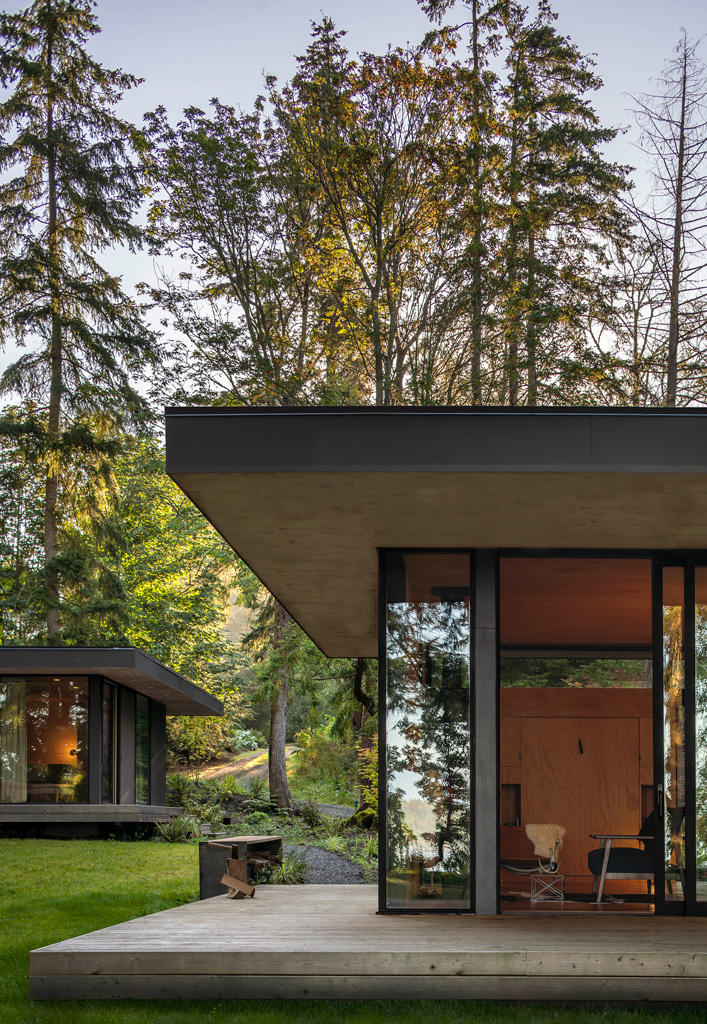
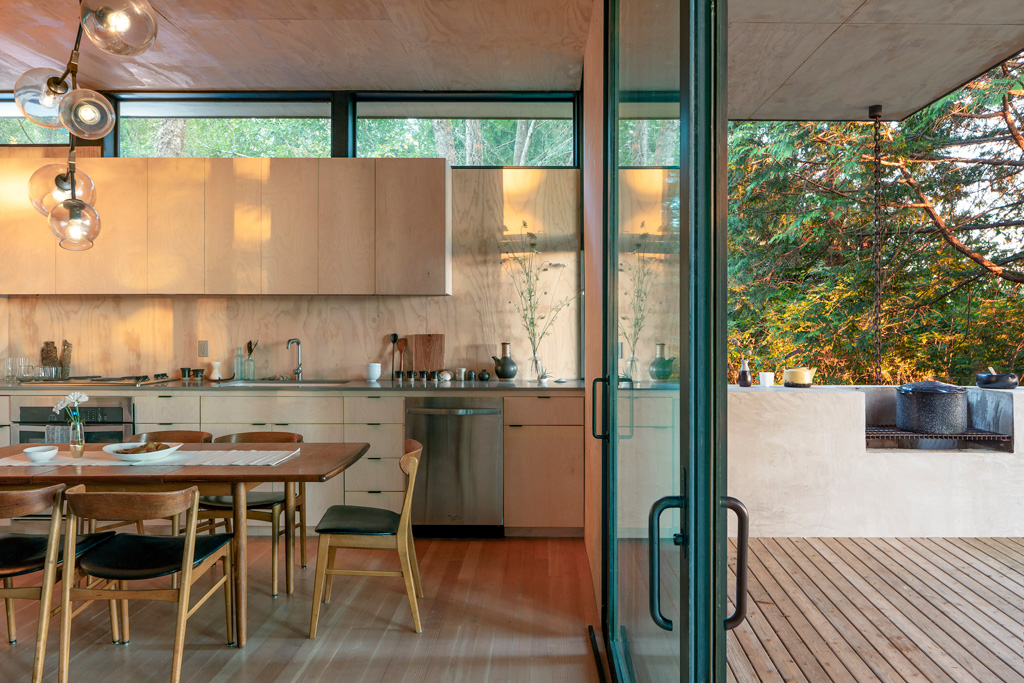
Simple Details + Materials
Reclaimed beams and siding from the original cabin were repurposed as countertops and interior cladding. Simple details and a restrained material palette kept the construction budget to a minimum.
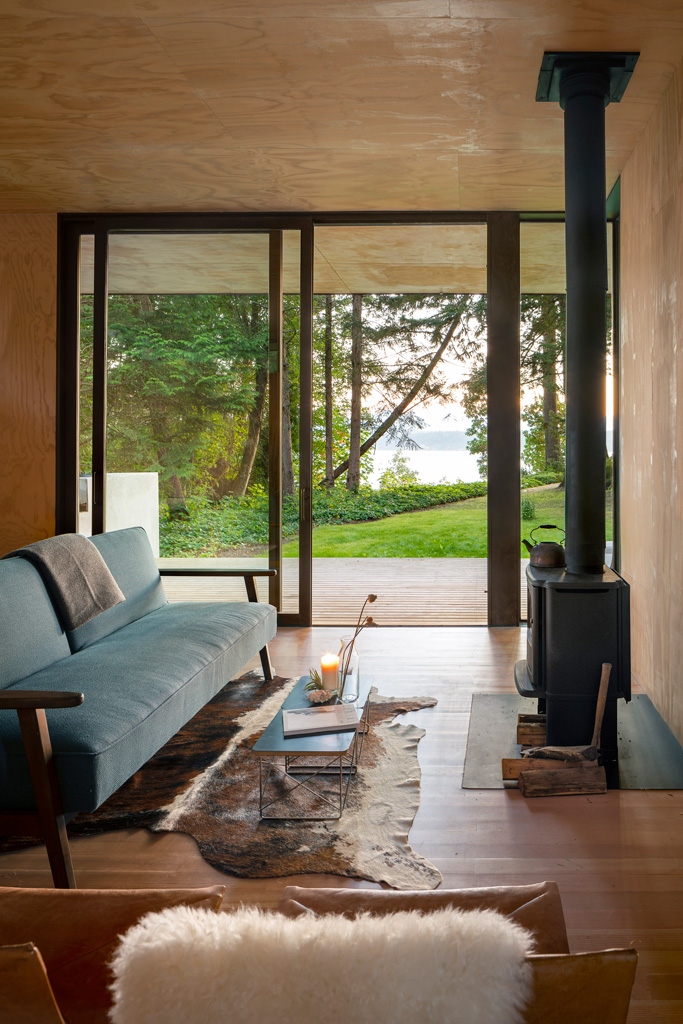
Dissolve the Barriers
“We sought to dissolve the barriers between the inside and out, between forest, garden, and structure,” says Wittman. Sunlight warms the plywood walls and ceilings, grazing the warm cedar boards and cast-in-place concrete. This allows shadow and light to transform the simple interior into something more complex and subtle.
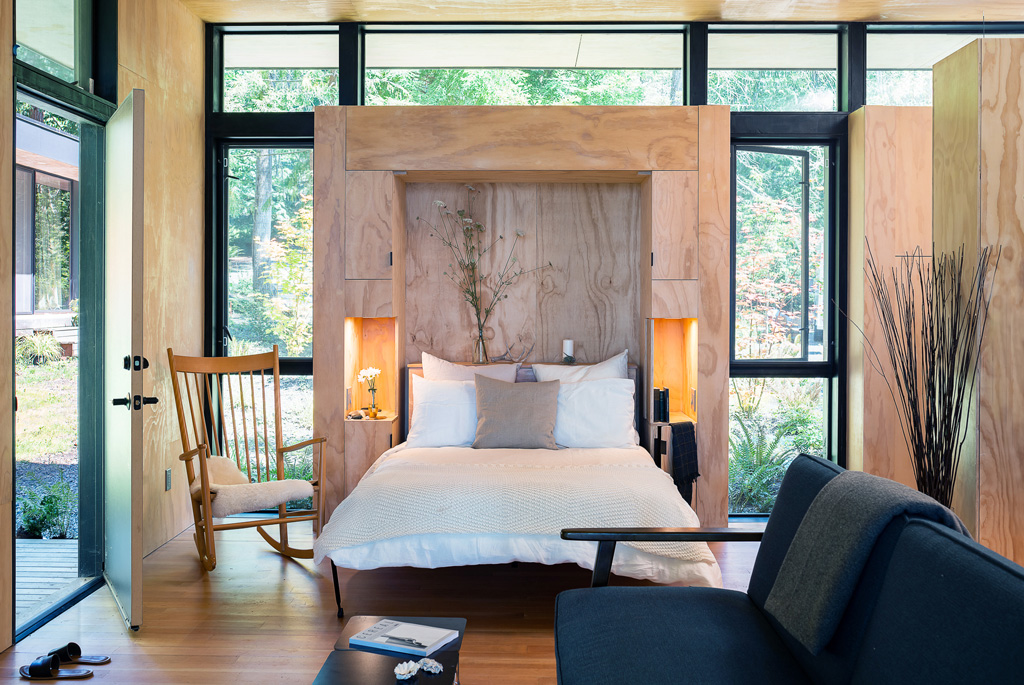
Flexible + Full of Light
There is a built-in Murphy bed that allows the main cabin to be a flexible sleeping area when needed. High clerestory windows allow views outdoors and natural light inside.
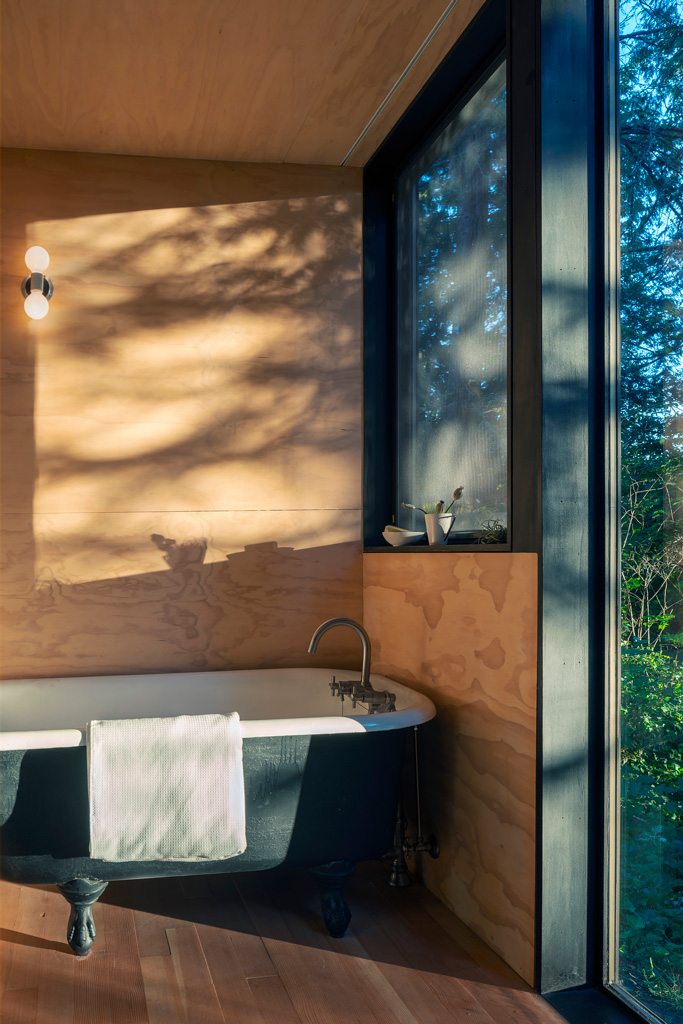
Moments of Repose
Reclaimed cast iron tub in the master bath creates the feeling of soaking in the outdoors without interrupting moments of repose.
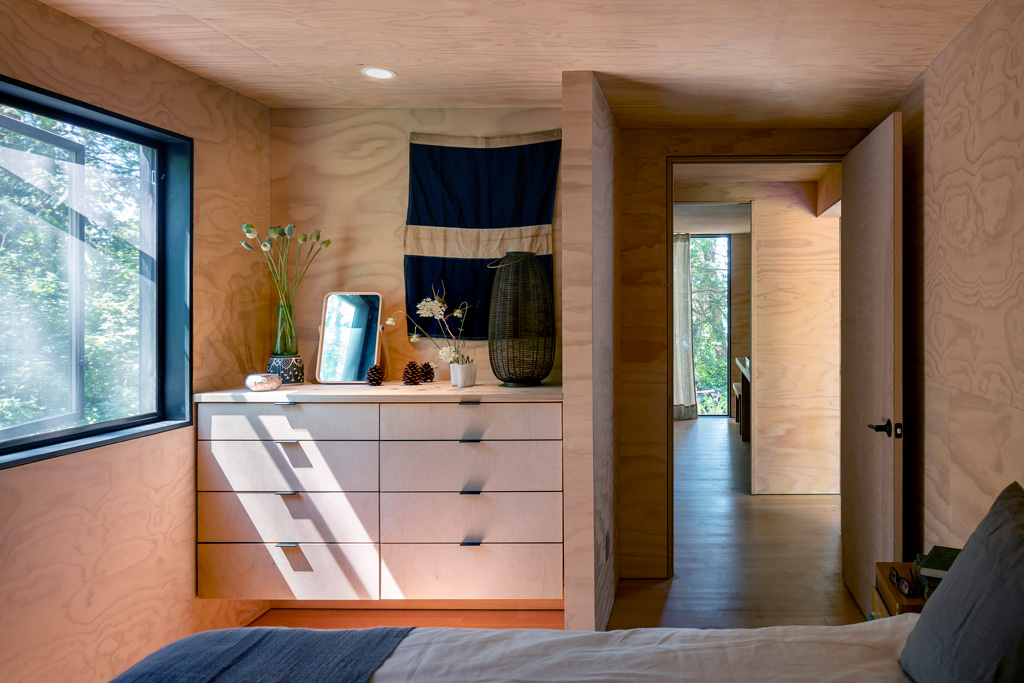
Connecting with Nature
The retreat connects this nature loving family to the sensation and physical experiences of the Puget sound ecosystem. And it does so in a place that is beautiful, functional, and built for their sustainable long term enjoyment.
Wittman Estes design team
Matt Wittman AIA LEED AP, Jody Estes, Naomi Javanifard, and Erica Munson
Project credits
Architect: Wittman Estes Architecture+Landscape
Structural Engineer: Strong Work Structural Engineering
Builder: Jack Colgrove Construction
Photography

